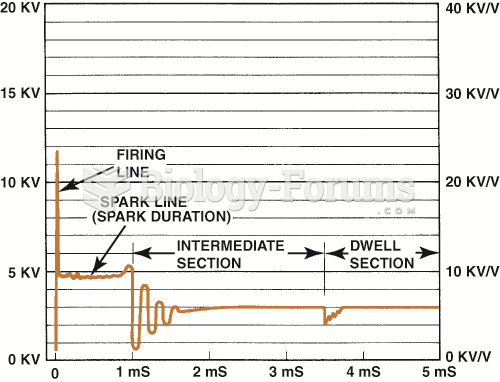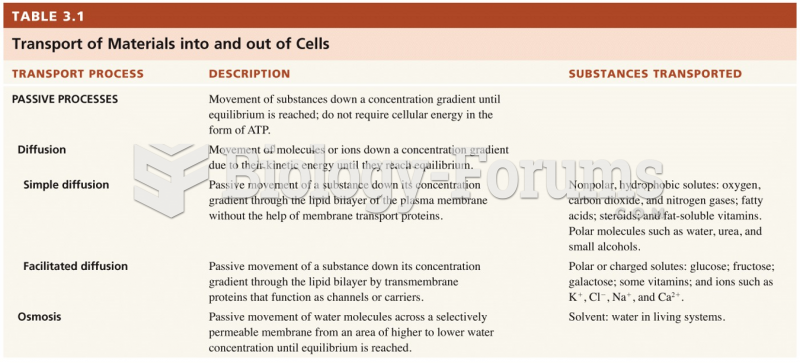Answer to Question 1
A citation informs the employer of OSHA violations. Penalties are typically fines assessed as the result of citations. The types of citations are as follows:
Other-than-serious violation. A violation that has a direct relationship to job safety and health, but probably would not cause death or serious physical harm. A proposed penalty for each violation is discretionary. A penalty for an other-than-serious violation may be adjusted downward by as much as 95 percent, depending on the employer's good faith (demonstrated efforts to comply with the act), history of previous violations, and size of business.
Willful violation. A violation that the employer intentionally and knowingly commits. The employer either knows that what he or she is doing constitutes a violation or is aware that a hazardous condition exists and has made no reasonable effort to eliminate it. A proposed penalty for a willful violation may be adjusted downward, depending on the size of the business and its history of previous violations. Usually, no credit is given for good faith. If an employer is convicted of a willful violation of a standard that has resulted in the death of an employee, the offense is punishable by a court-imposed fine or by imprisonment for up to six months, or both.
Repeat violation. A violation of any standard, regulation, rule, or order where, upon re-inspection, a substantially similar violation is found. To be the basis of a repeat citation, the original citation must be final; a citation under contest may not serve as the basis for a subsequent repeat citation.
Failure to correct prior violation. Failure to correct a prior violation may bring a civil penalty that increases each day the violation continues beyond the prescribed abatement date.
Answer to Question 2
One of the most important requirements of the OSHAct is communication. Employers are required to keep employees informed about safety and health issues that concern them. Most of OSHA's requirements in this area concern the posting of material. Employers are required to post the following material at locations where employee information is normally displayed:
OSHA Poster 2203, (Figure 6-1) which explains employee rights and responsibilities as prescribed in the OSHAct. The state version of this poster may be used as a substitute.
Summaries of variance requests of all types.
Copies of all OSHA citations received for failure to meet standards. Unlike other informational material, citations must be posted near the site of the violation. They must remain until the violation is corrected or for a minimum of three days, whichever period is longer.
The summary page of OSHA's Summary Work-Related Injuries and Illnesses Report. Each year the new summary page must be posted by February 1 and must remain posted until April 30.







